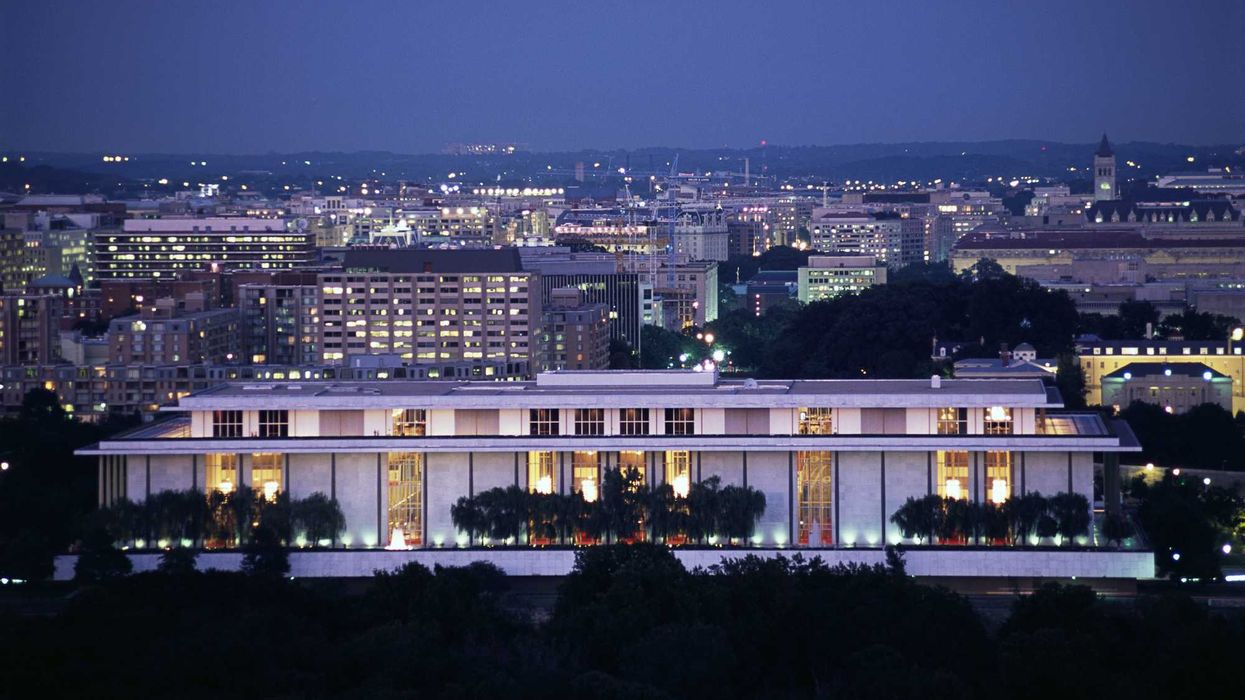Nevins is co-publisher of The Fulcrum and co-founder and board chairman of the Bridge Alliance Education Fund.
Chris Christie’s decision to run for the Republican presidential nomination is of particular interest to me. This is not because he is the only Republican candidate to date who is unapologetic in calling out the former president for unacceptable behavior, nor because I think Christie has a chance of winning. Rather because of the perspective after a one-on-one discussion the two of us had in the summer of 2019.
I attended the Aspen Institute's annual Ideas Festival in June 2019. The festival is a weeklong event where people from all over the world cross-pollinate their fields to discuss their unique accomplishments and dedication to improving their communities while making advances within their field of work.
One of the featured speakers was Chris Christie and I remember the evening well as he was interviewed by Jeff Goldberg, The Atlantic’s Editor in Chief before a packed crowd at the Hotel Jerome in downtown Aspen.
With the upcoming presidential election of 2020 on everyone's mind, plus the added fact that Christie was then a supporter of President Trump, the event was of great interest to everyone. Goldberg started the conversation bluntly inquiring what Christie saw in Trump that other people don’t see.
Christie responded: “I’ve known him for 17 years so my perspective is a bit broader than most. But, let me start off by saying this, elections are not about who you want to vote for. Elections are about who you’re left to vote for. To be clear, Donald Trump was not my first choice for president.” Jokingly, he added, “I was.”
Christie went on to make it clear that, “Trump was not my first choice to be president,” but justified his support by saying, “Here’s our choice- we sit on the sidelines and do nothing or we can try to make him better.”
Goldberg wasn’t satisfied with the answer and continued to probe Christie if his opinion has changed since 2016, given the opportunity to witness Trump's behavior the last three years. Christie responded by saying, “no, he’s no different now, he’s not changing” and then went on to justify his support by detailing the litany of what Christie considered to be good policy that Trump had gotten through Congress or unilaterally mandated through executive action, which warranted his support.
The questioning continued on many subjects related to Trump's questionable character or lack thereof, including his perceived racial slurs and other incendiary remarks since 2016. Christie deflected the questions with the defense of Trump that I have heard so often, outlining that he doesn't necessarily “like some of his antics” nor “condone his character flaws” but he endorses him because he agrees with his policies.
I find this Kabuki dance interesting especially given that Republicans focus on family and religious values. I took exception to much of Christie’s rationale that evening in Aspen for supporting President Trump but wasn’t called upon during the question and answer period.
Fortunately, the very next evening I attended a small dinner event that Christie and his wife attended. The interview of the previous night was still very much on my mind and so after dinner I had a chance to speak to Christie alone as the guests mingled and I brought up the Goldberg interview of the previous night.
I communicated to Christie my inference from the evening that he found many things about President Trump to be abhorrent but nothing at this juncture had risen to the level that he would throw his support to another candidate.
He seemed to agree with my assessment and so I continued:
“So based on what I heard you say last night, am I correct that if Trump's behavior became so bad, and he did something that reached a given threshold in your mind you would not only denounce the action but you would withdraw your support from him.”
Christie thought for a moment and said, “Yes.”
That surprised me so I asked what that threshold would be and, being the adept politician that he is, he had the perfect, crafty politician non-answer:
“David, do you remember the Supreme Court ruling about pornography in 1964 and what Justice Potter Stewart said?”
I am not particularly well versed in the SCOTUS ruling minutia so I admitted that I had no idea what Christie was referring to and asked him to explain.
“Stewart in explaining what pornography is said this: ‘I’ll know it when I see it’ and so David I can’t say now what the line is with Trump, but I’ll know it when I see it.”
I was taken aback by the answer but I let it go. Since that evening, I’ve thought considerably about Christie’s answer in relationship to Trump's comments in Charlottesville about there being good people on both sides, or when he attacked a Gold Star family with unsubstantiated insults about this war hero being a member of the Muslim brotherhood, or the countless other childish insults he used and continues to use against anyone who disagrees with him on policy or anything else.
For the three years since that encounter, I’ve asked myself many times that if Christie and other Republicans haven’t seen it yet, will they ever see it and subsequently call out Trump's behavior? Finally after four years, Christie has finally seen it and knows what that disqualifying behavior is. Seemingly, it is the disregard for the rule of law that leads to insurrection and threatens our national security.
On Fox News Christie depicted Trump as “as a juvenile who should be sent to his room, not White House.”
Well I guess he now knows it because he’s seen it.
In other speeches Christie has stated that January 6th and Trump's total disregard for the rule of law put him over the edge and stated last week that Trump is "A lonely, self-consumed, self-serving mirror hog and is not a leader." At one point last week he delivered a mocking impression of Trump claiming he would build a southern border wall at Mexico's expense and said Trump, more than Biden, was to blame for the country's failed immigration policy.
Trump still has a commanding lead in what has become a crowded pack of more than a half dozen Republican presidential candidates; the question remains whether Republican primary voters, like Christie, will finally know it when they see it.
I have my doubts.




















